
How is International Geneva shaping up?
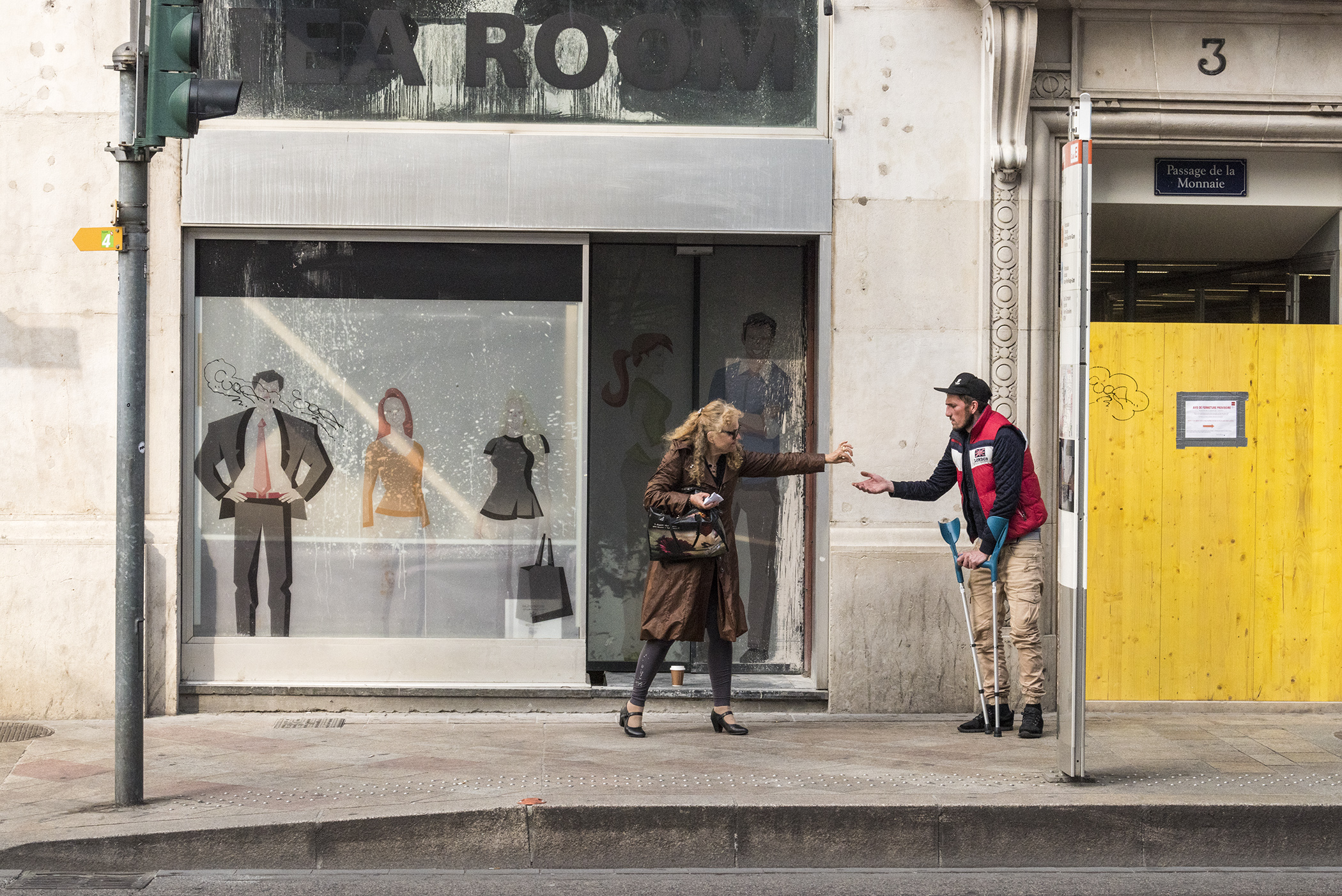
International Geneva is an important hub for multilateralism. The Swiss government continues to promote and invest in it. But it’s changing and facing new challenges. We take a look in pictures and ask what it’s like to work there.
The United Nations’ European headquarters at the Palais des Nations lies at the heart of Geneva’s international quarter. “I always think of going to the Palais as going through the Looking Glass – it’s all a bit Alice in Wonderland,” says independent photographer Mark Henley, who has a small office in the UN and whose photos are showcased here. “It’s quite an incredible building, a labyrinth, with hidden corridors and staircases. Obviously right now things are not normal – the building echoes with Covid absence!”
Swissinfo’s Frédéric Burnand, who has been based for many years in the UN building, has a different take. “When I cross the gateway into the Palais des Nations, I’m entering territory with a special legal status, duly guarded by UN security agents dressed like New York policemen. It’s like leaving Switzerland for another country, the country of all countries.”
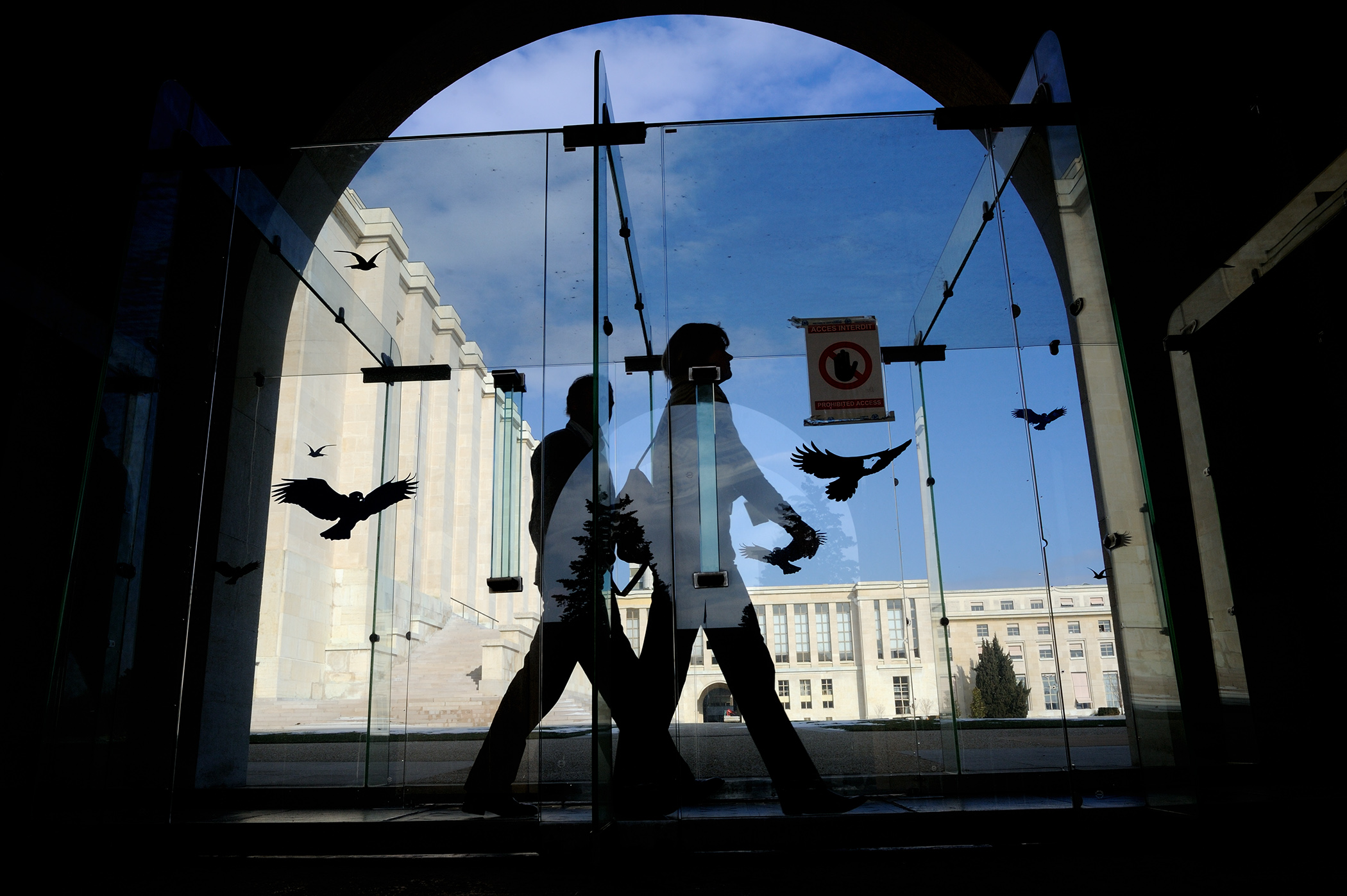
As well as Covid-19 and Trump’s attacks on multilateralism, the Palais is also facing other challenges. It is being renovated at a cost of CHF836.5 million ($918.9 million)– half financed by interest-free loans from the Swiss government and canton Geneva. A new building is also being constructed in the UN complex for 700 staff.
“Change is coming with the renovations, and I think like most other people, I am not particularly in favour,” says Henley. “For UN staff who will have to move to a hot-desking and open plan set-up, they hate it. It doesn’t help that it’s an already outmoded idea. We don’t even mention how it’s not good in a Covid context!”
Best and worst
In addition to the UN and government missions from around the world, International Geneva also hosts many international NGOs and academic institutions, giving rise to what has been called a “fertile eco-system” for international research and decision-making. While some NGOs and even the UN may be threatened by the knock-on effects of the pandemic, the Swiss government is supporting new, futuristic Geneva “platforms”, such as the Swiss Digital Initiative and the Geneva Science and Diplomacy AnticipatorExternal link, which is to be found in the “Biotech Campus” full of forward-looking start-ups.
Henley says his favourite building in International Geneva is probably the Palais des Nations, “although I quite like elements in other places – the Assembly Hall at the WHO [World Health Organization], or the monumental hallway at the ILO [International Labour Organization], and the padded cell/Gucci handbag interior of the new conference room at the WTO [World Trade Organization]”.
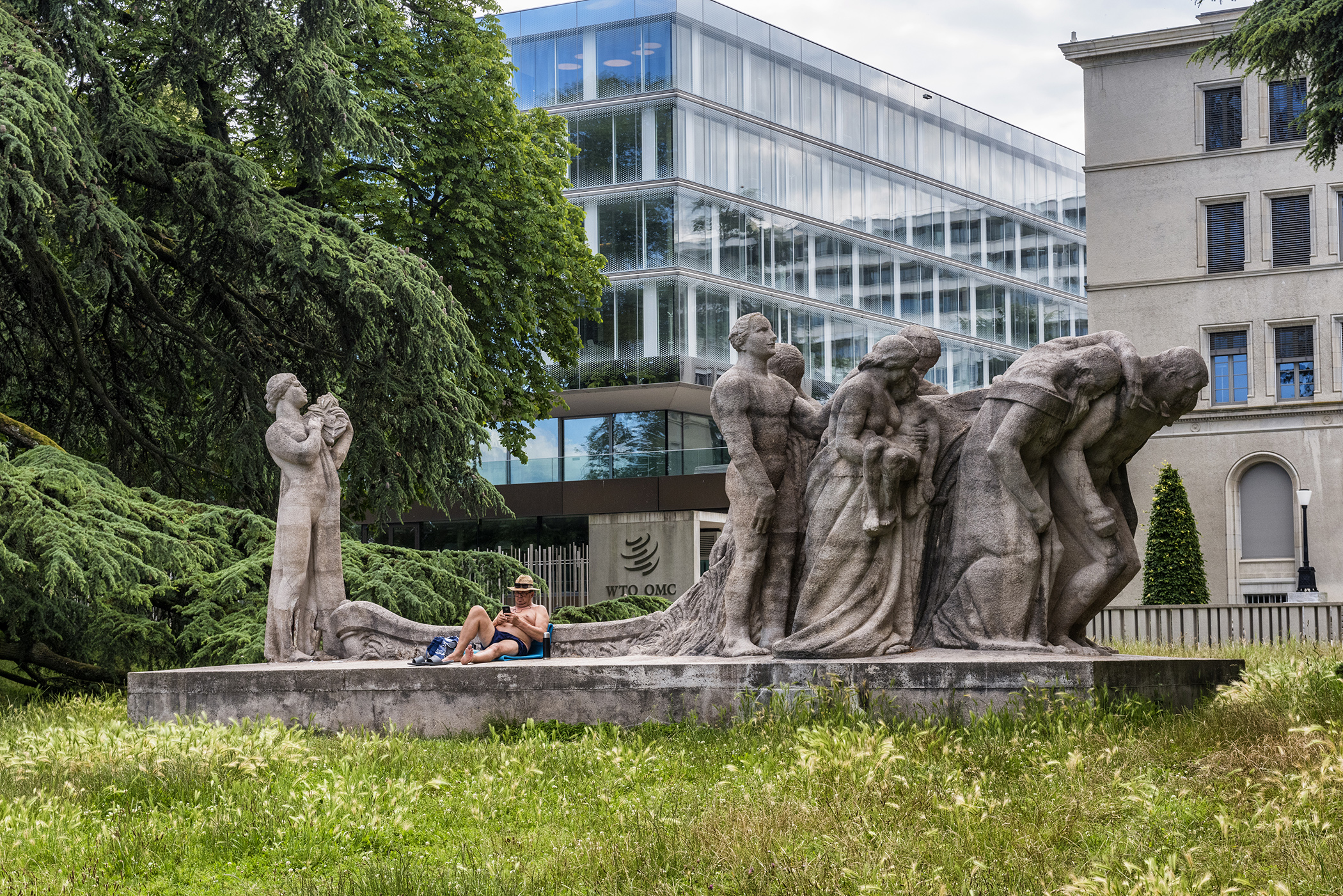
“As a lover of concrete, I have a weakness for the WHO building by the architect Jean Tschumi,” says Burnand. “It’s a building that’s massive and yet light at the same time, which can be seen from far thanks to the park surrounding it.”
Although Geneva is a small city, it has many districts, each with their own character, he comments. “The international quarter has a feel you don’t find in the rest of the city. But what is missing are places for social life that would make it a real place. This relative human void is not without charm. You can wander there as if in a suspense movie.”
Developing over the years
One of International Geneva’s leading academic institutions is the Graduate Institute of International and Development Studies, which started in the historic Villa BartonExternal link in 1938. As it grew, however, it needed more space and now works mostly in a modern glass building overlooking the railway tracks. Up the road there is also a big building site where they are building a “huge new student residence”, says Joost Pauwelyn, a professor of international law at the Graduate Institute.
“Our real-estate projects are a legacy of our old director, and she has completely changed things,” he continues. “It started in 2008. We just had the Villa Barton and students were in accommodation all over town. But now there is lots of open space and much more of a campus feel.”
Professors have their own office, and Pauwelyn likes working there. “I never believed buildings make such a difference,” he says.

In compliance with the JTI standards
More: SWI swissinfo.ch certified by the Journalism Trust Initiative















![The four-metre-long painting "Sonntag der Bergbauern" [Sunday of the Mountain Farmers, 1923-24/26] had to be removed by a crane from the German Chancellery in Berlin for the exhibition in Bern.](https://www.swissinfo.ch/content/wp-content/uploads/sites/13/2025/12/01_Pressebild_KirchnerxKirchner.jpg?ver=a45b19f3)













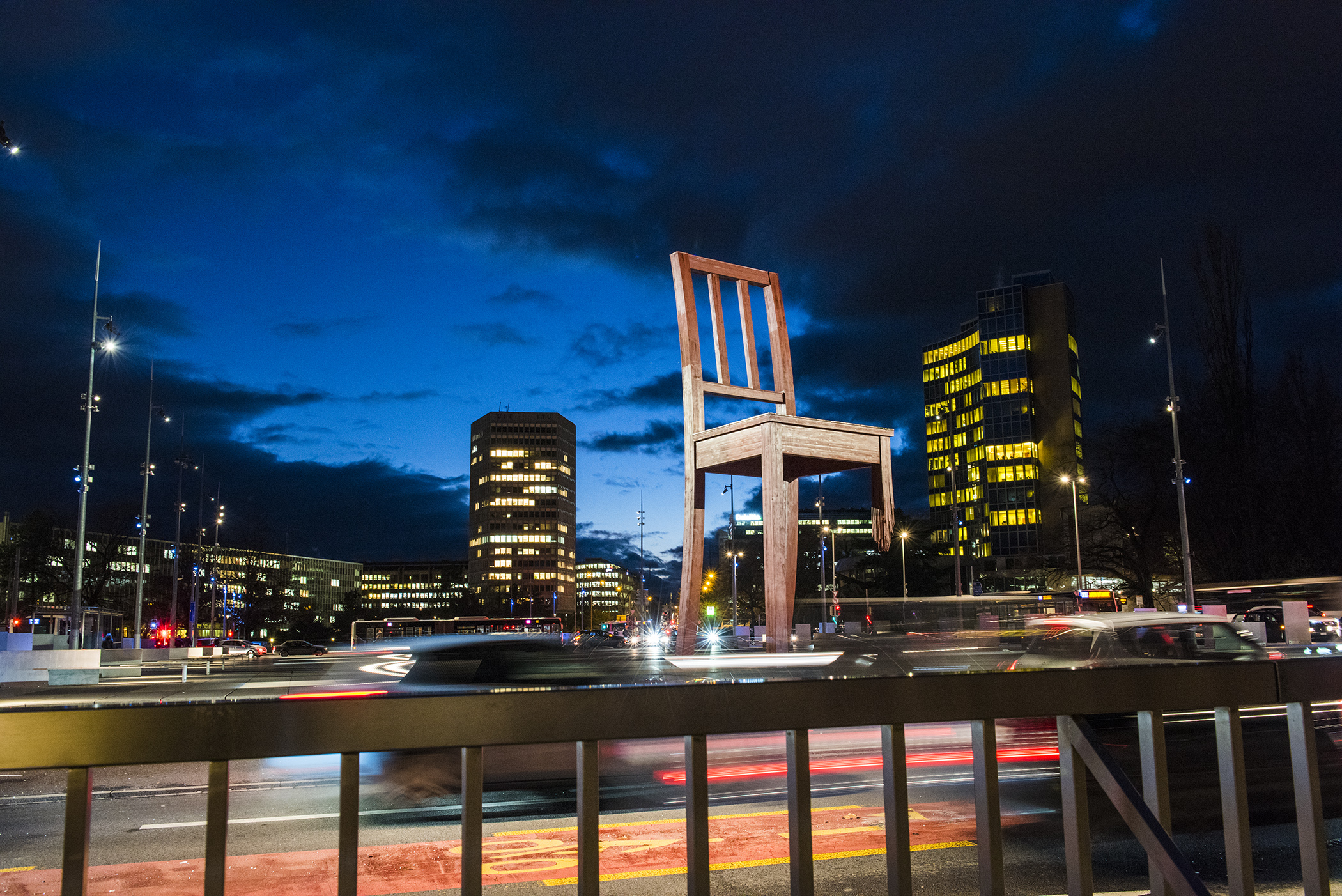
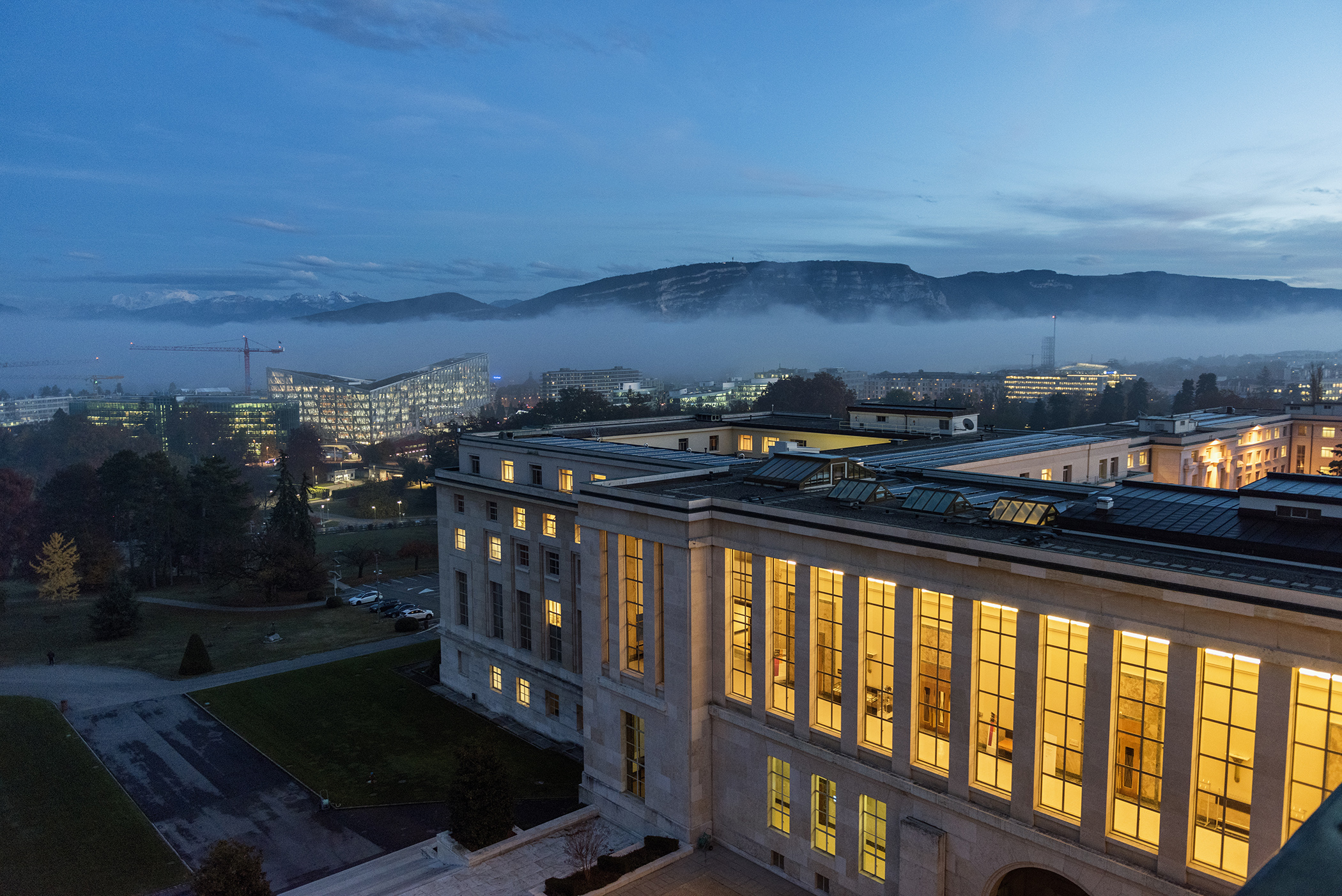





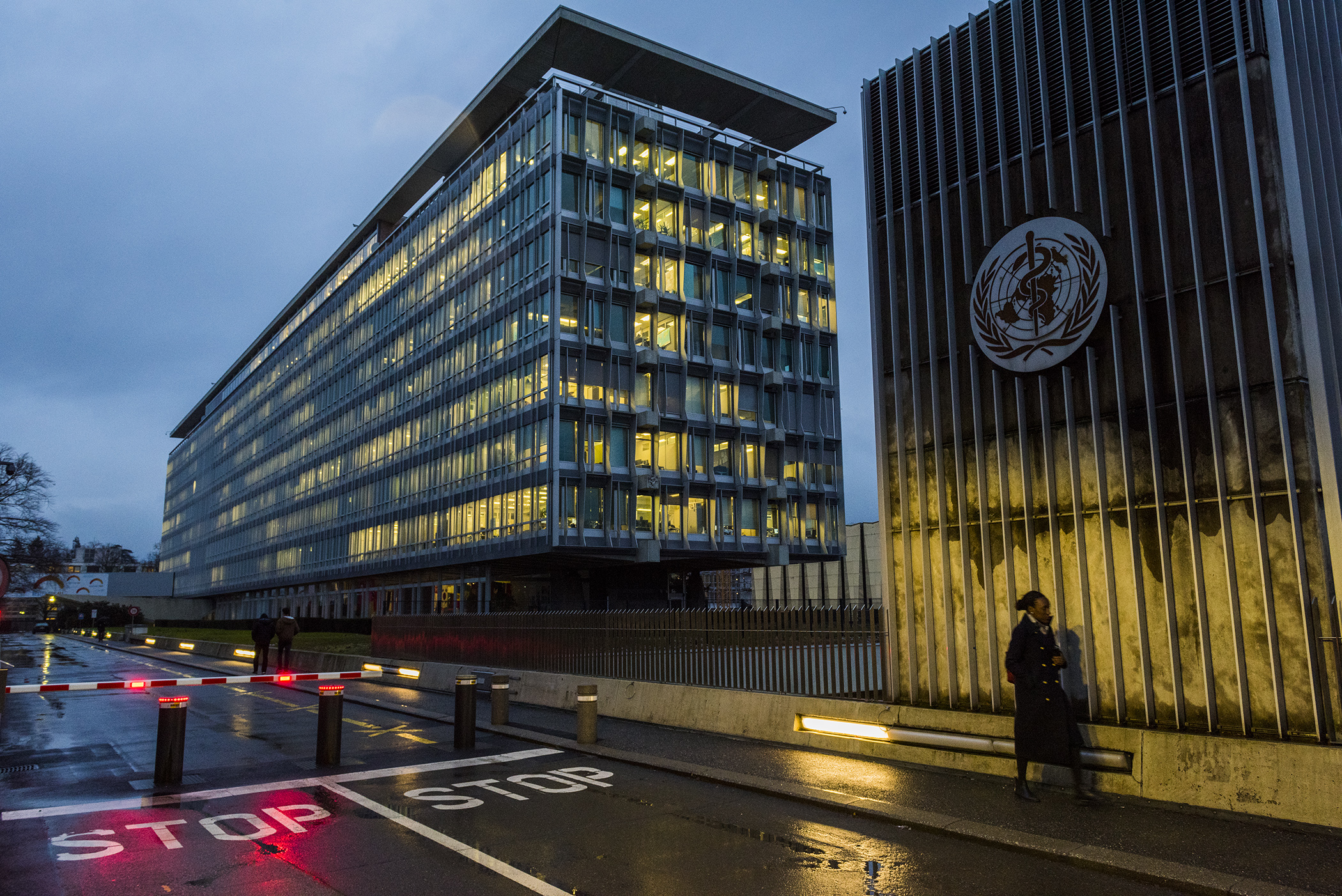
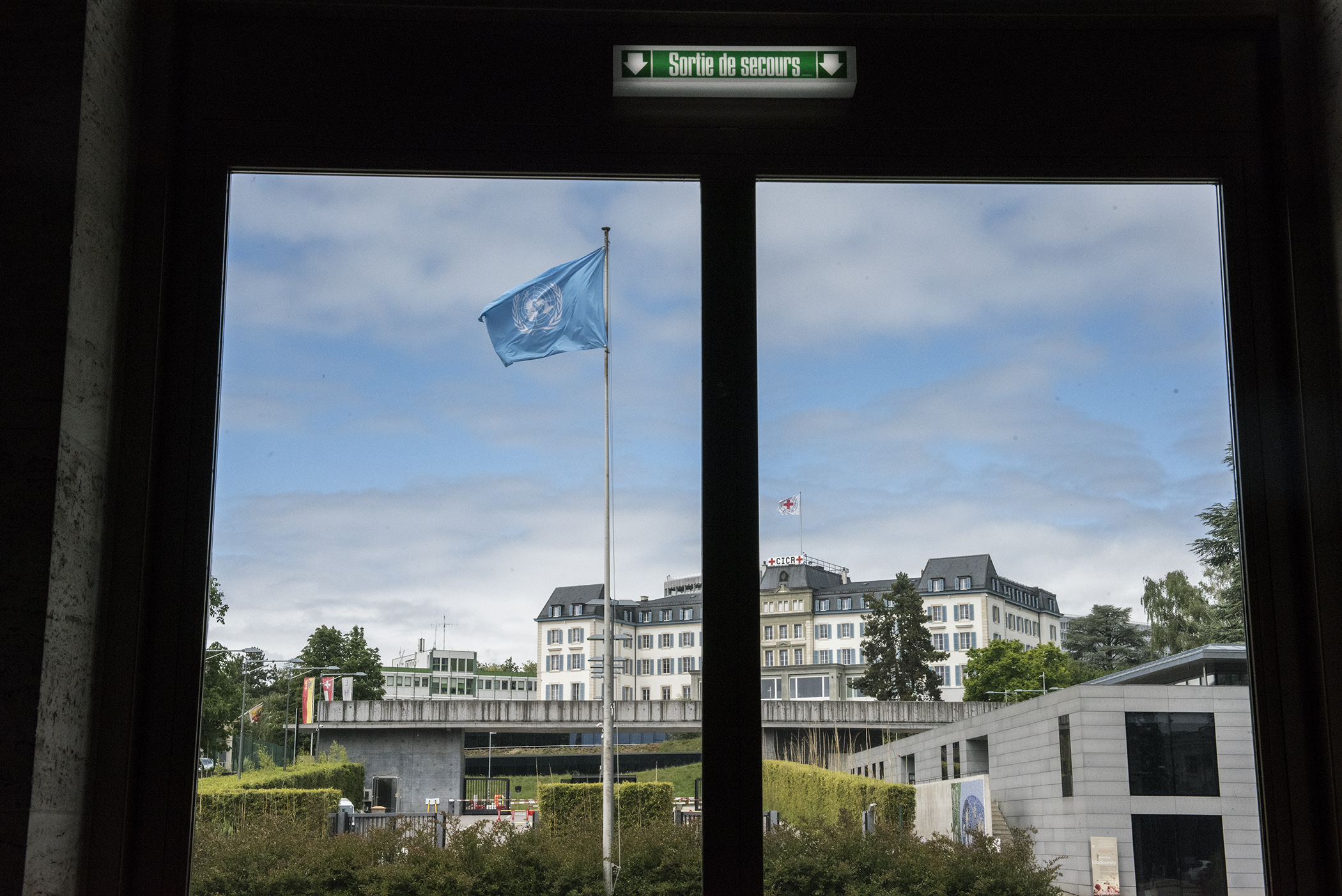


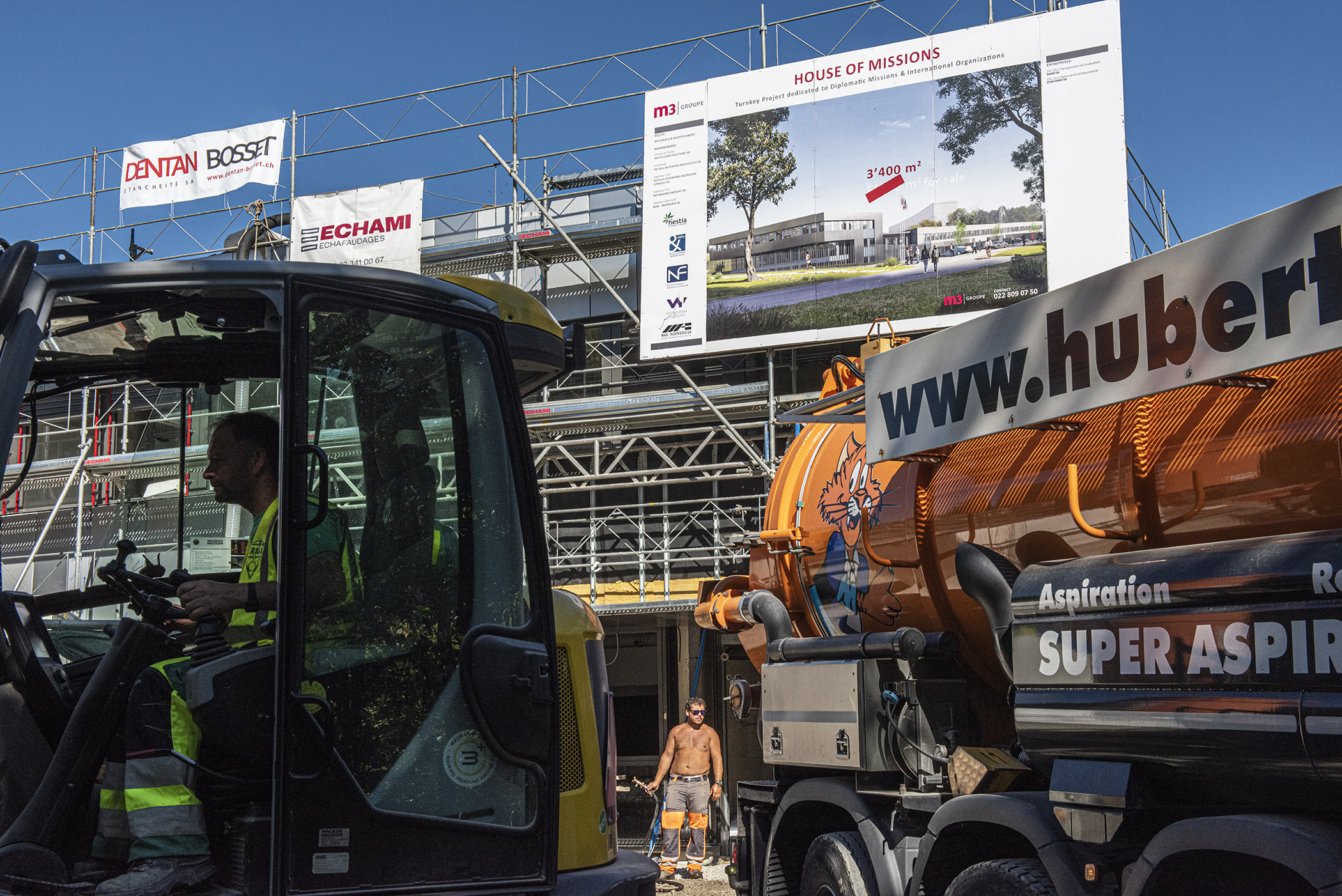
Join the conversation!